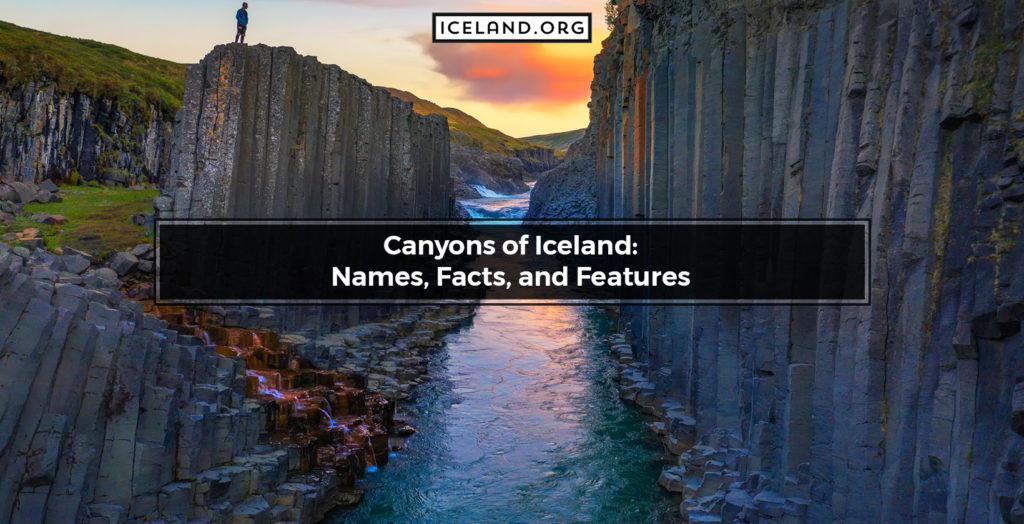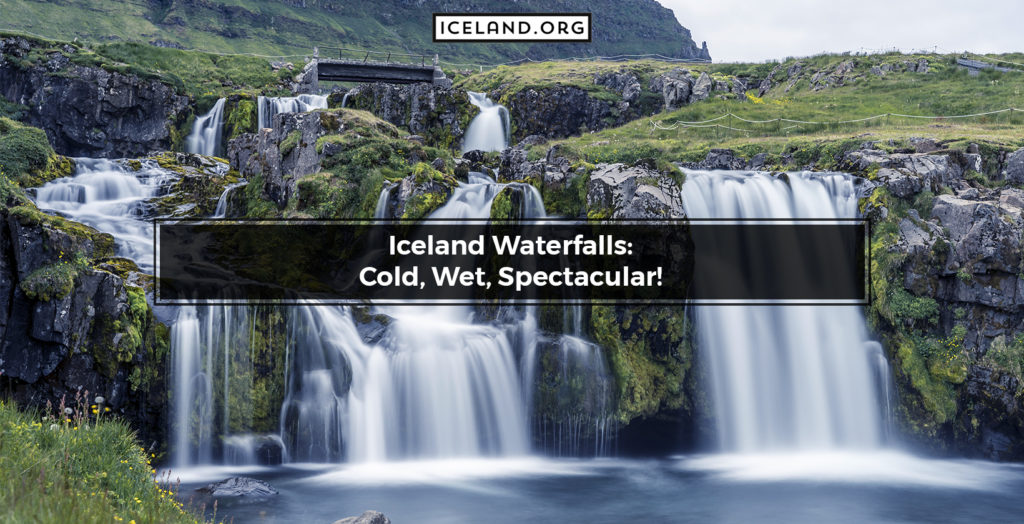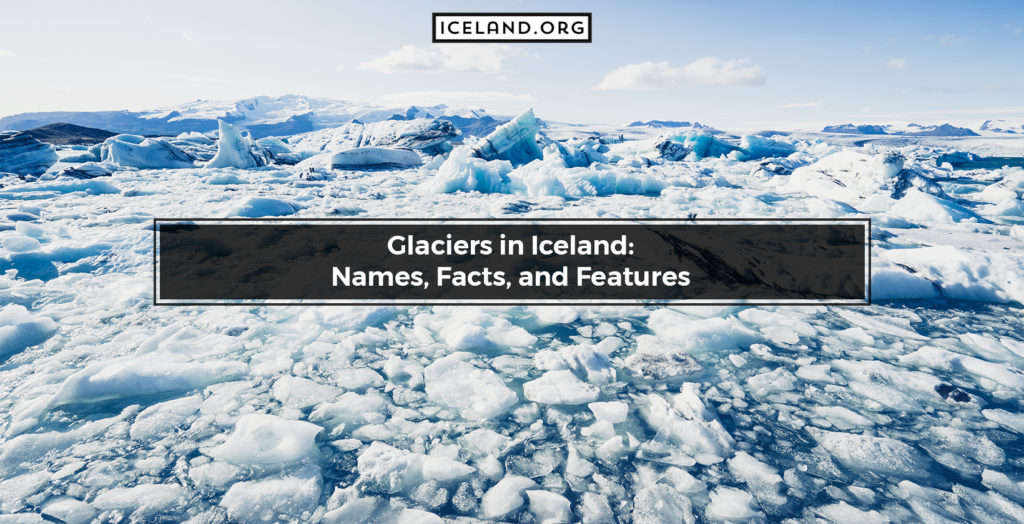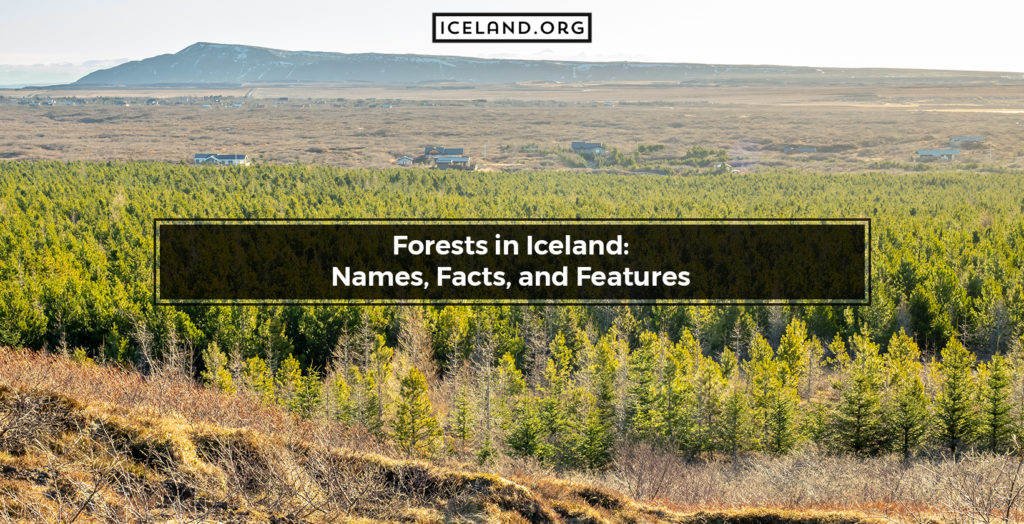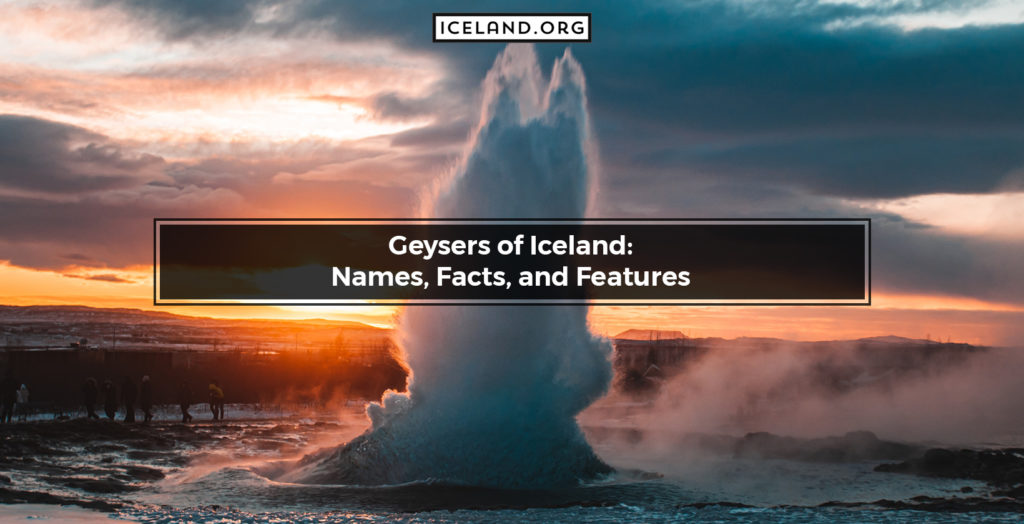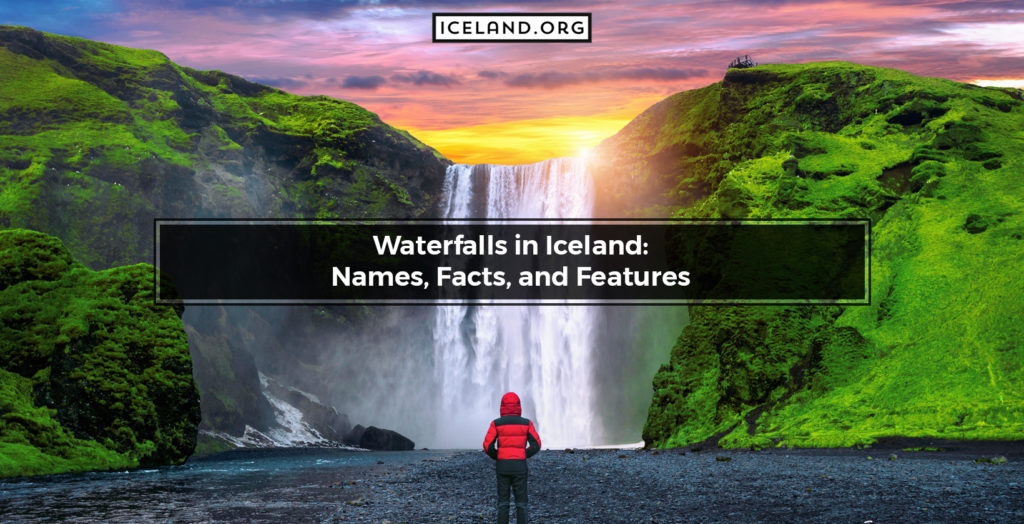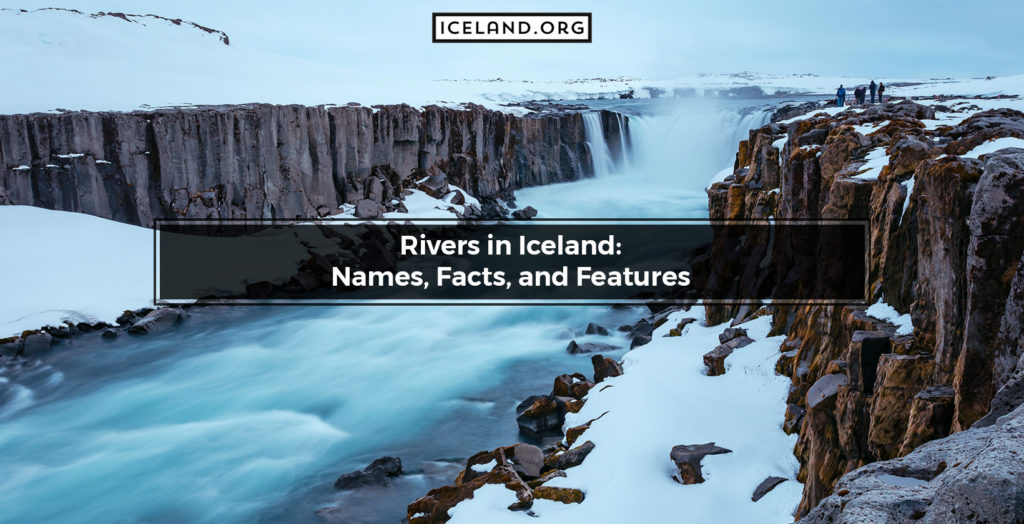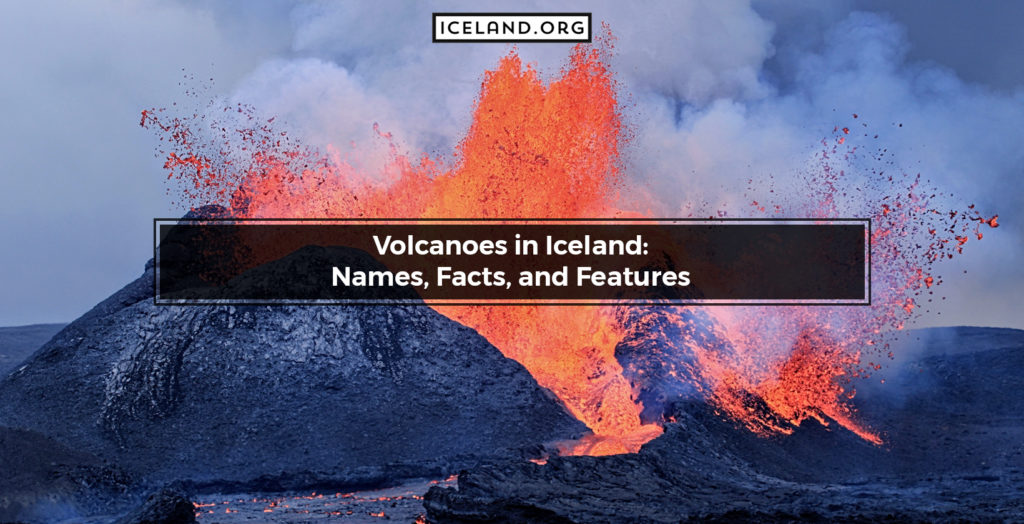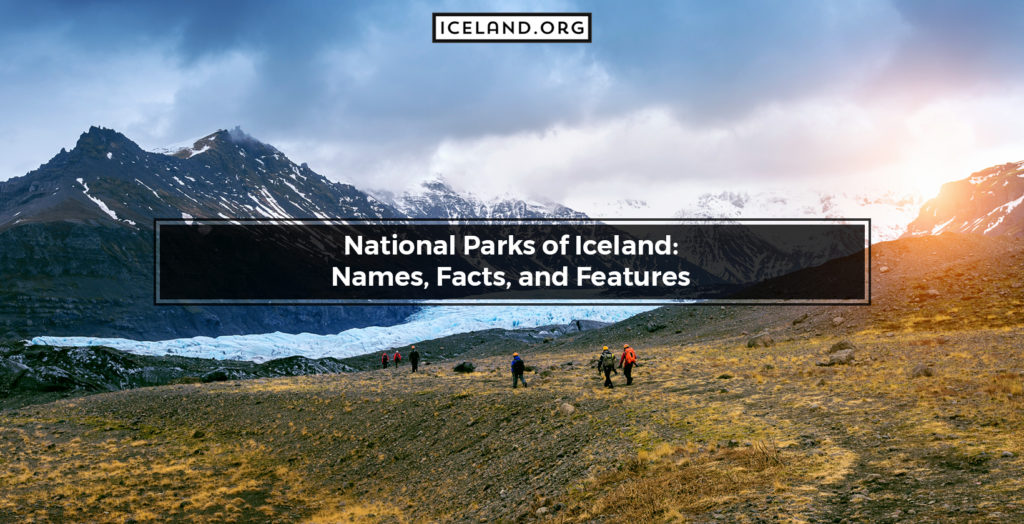A canyon, also known as a gorge, is a deep valley formed by weathering and the erosive action of a river across geologic time periods. The canyons in Iceland have a long history. Namely, during the last ice age, most of the country was covered with glaciers. The glaciers left deep scars on the land, which resulted in the formation of gullies, ravines, and canyons. iceland‘s canyons feature lush green and moss-covered walls with dramatic cliffs and stones with otherworldly shapes. Most of the canyons are intertwined with lovely waterfalls on the sides and small ponds at the bottom. The largest canyon in Iceland is Jökulsárgljúfur which is carved and shaped by the powerful glacial river Jökulsá á Fjöllum. The Jökulsárgljúfur Canyon is 25 km long, 500 meters wide, and 100 meters deep.
Here is a list of the Canyons in Iceland:
- Mulagljufur Canyon
- Fjadrargljufur Canyon
- Studlagil Basalt Canyon
- Jokulsargljufur Canyon
- Sigoldugljufur Canyon
- Glymur Canyon
- Nauthusagil Canyon
- Gljufrabui Canyon
- Kvernufoss Canyon
- Stakkholtsgja Canyon
- Gullfoss Canyon
- Almannagja Canyon
- Asbyrgi Canyon
- Raudfeldsgja Canyon
- Valley of Skógar
- Kolugljúfur Canyon.
1. Mulagljufur Canyon
Mulagljufur Canyon (Mules Canyon) in Iceland is located in the south. The Mulagljufur Canyon’s coordinates are 63.9896° N, 16.4588° W. Mulagljufur is one of the most scenic natural attractions in Iceland. The Mulagljufur Canyon houses two spectacular waterfalls, Hangandifoss and Múlafoss. The Múlaá River runs through the Mulagljufur Canyon and is constantly fed by the melting of the snow-covered Öræfajökull Volcano. Tours and Tour Guides for the Mulagljufur Canyon in Iceland are available, with hikes being the most popular ones. The best time to visit the Mulagljufur Canyon and go hiking is in the summer. This is because, during other seasons, the trails surrounding the Mulagljufur Canyon are either ice-covered and too slippery or wet and muddy.
2. Fjadrargljufur Canyon
Fjadrargljufur Canyon in Iceland is located in the south. The Fjadrargljufur Canyon’s coordinates are 63.7713° N, 18.1718° W. The Fjadrargljufur Canyon is a picturesque 100-meters deep canyon with lush, moss-coated walls. Tours and Tour Guides for the Fjadrargljufur Canyon in Iceland are available. Hikes are particularly popular. However, visitors are asked to be careful not to damage the moss-covered fields as this greenery is sensitive and takes years to repair. Fjadrargljufur is very close to the Ring Road, and visiting the canyon is usually combined with seeing the famous Eldhraun Lava Field. It is also worth mentioning that the Fjadrargljufur Canyon is featured in one of Justin Biber’s music videos from 2015.
3. Studlagil Basalt Canyon
Studlagil Basalt Canyon (Basalt Column Canyon) in Iceland is located in the east. The Studlagil Basalt Canyon’s coordinates are 65.1635° N, 15.3073° W. The Studlagil Basalt Canyon is shaped by the Jökulsá á Brú River, whose turquoise waters are a striking contrast to the canyons’ black towering basalt walls. Tours and Tour Guides for the Studlagil Basalt Canyon in Iceland are available. However, Studlagil is somewhat of a hidden gem. Namely, it takes a lot of hiking and changing routes and trails to reach the canyon. Yet, the troubles are worthy and the view spectacular. Plus, the walls form steps tourists can use to get down. However, caution is warranted as they are slippery.
4. Jokulsargljufur Canyon
Jokulsargljufur Canyon (Glacial River Canyon) in Iceland is located in the northern parts of the island. The Jokulsargljufur Canyon’s coordinates are 66.0285° N, 16.4871° W. Carved and shaped over thousands of years by the powerful Jökulsá á Fjöllum River, Jokulsargljufur is one of the largest canyons (25 kilometers long and 500 meters wide) in Iceland. Jokulsargljufur is also the deepest (100 meters) canyon in the country. Tours and Tour Guides for the Jokulsargljufur Canyon in Iceland are available. In fact, Jokulsargljufur is one of the most popular tourist attractions and is often described as a not-to-be-missed destination for visitors of the Vatnajökull National Park.
5. Sigoldugljufur Canyon
Sigöldugljúfur Canyon (Valley of Tears) in Iceland is located in the south. The Sigöldugljúfur Canyon’s coordinates are 64.1610° N, 19.1168° W. Sigöldugljúfur changes the otherwise lunar-like scenery of the Highlands. Flowing through the canyon, the Tungnaá River, with its countless small waterfalls, adds a striking blue shade, and the curves of the canyon are covered with lush green moss. The dozens of small waterfalls are why the canyon is called the “Valley of Tears.” Tours and Tour Guides for the Sigöldugljúfur Canyon in Iceland are available. Since it is nestled deep in the Icelandic Highlands, visitors need to have a 4X4 vehicle to reach this hidden paradise.
6. Glymur Canyon
Glymur Canyon in Iceland is located in the west. The Glymur Canyon’s coordinates are 64.3910° N 21.3519° W. The Glymur Canyon is shaped by Iceland’s second tallest and extra powerful waterfall, the Glymur Waterfall (198 meters), which is part of the Bonta River. Tours and Tour Guides for the Glymur Canyon in Iceland are available. Glymur Canyon is close to the capital but not very easily accessible. Visitors need to be properly dressed and prepared to wade rivers, venture into caves, and trek mountains paths to rich the Glymur Canyon and its gem, the Glymur Waterfall. The good news is that after the treacherous path, the view is spectacular and worthy of hiking.
7. Nauthusagil Canyon
Nauthusagil Canyon In Iceland is located in the south. The Nauthusagil Canyon’s coordinates are 63.6675° N, 19.8567° W. Nauthusagil is a truly breathtaking canyon with moss-covered walls and a well-hidden waterfall in its bottom. Tours and Tour Guides for the Nauthusagil Canyon in Iceland are available. The Nauthusagil Canyon is only two hours away from Reykjavik and can be visited at the same time with the two nearby Seljalandsfoss and Gljufrabui Waterfall. However, visitors must know they will have to climb rocks, go through water, and use ropes to reach the spectacular view from within the Nauthusagil Canyon.
9. Kvernufoss Canyon
Kvernufoss Canyon in Iceland is located in the south. The Kvernufoss Canyon’s coordinates are 63.5342° N, 19.4813° W. Kvernufoss Canyon features craggy stones and moss-covered walls. The hallmark of the canyon is the Kvernufoss Waterfall which is one of the most spectacular waterfalls in Iceland as it allows walking behind the fall. Tours and Tour Guides for the Kvernufoss Canyon in Iceland are available. The Kvernufoss Canyon is very close to the Skogafoss waterfalls, and visitors can see both natural gems in one day while taking a good hike.
10. Stakkholtsgja Canyon
Stakkholtsgja Canyon in Iceland is located in the south. The Stakkholtsgja Canyon’s coordinates are 63.6749° N, 19.5573° W. Stakkholtsgja is a wide and 100-meters deep canyon made of rugged stones in otherworldly shapes and shades. Tours and Tour Guides for the Stakkholtsgja Canyon in Iceland are available. The Stakkholtsgja Canyon is a popular tourist destination because of two reasons. First, it is easily accessible and does not require strenuous hiking. Second, it is an excellent adventure opportunity as it features many side ravines, secret caves, and small waterfalls.
11. Gullfoss Canyon
Gullfoss Canyon in Iceland is located in the southwest. The Gullfoss Canyon’s coordinates are 64.3269° N, 20.1207° W. The Gullfoss Canyon was formed as a result of glacier outbursts, and today it houses the two-leveled Gullfoss Waterfall. Tours and Tour Guides for the Gullfoss Canyon in Iceland are available. The Gullfoss Canyon is a popular rafting location for adventurous tourists. Hikes are also popular tours.
12. Almannagja Canyon
Almannagja Canyon in Iceland is located in the southwest. The Almannagja Canyon’s coordinates are 64.2559° N, 21.1295° W. Almannagja is the most historic canyon in Iceland and formed when the Eurasian and North American tectonic plates separated and opened an old lava field. Tours and Tour Guides for the Almannagja Canyon in Iceland are available. The popular hiking tours are perfect but require physical preparedness. The Almannagja Canyon is part of the Þingvellir National Park, which is a UNESCO heritage site. Another reason for the Almannagja Canyon’s popularity is its frequent portrayal in the Game of Thrones as the narrow path to the Eyrie.
13. Asbyrgi Canyon
Asbyrgi Canyon in Iceland is located in the north. The Asbyrgi Canyon’s coordinates are 66.0178° N, 16.5055° W. Asbyrgi is a glacial canyon in the form of a horseshoe. It is believed that the Asbyrgi Canyon was developed when Odin’s 8-legged horse named Sleipnir trotted over the area, causing the depression. The rocks on the canyon’s walls are staggering, and the bottom is filled with calm and small ponds. Tours and Tour Guides for the Asbyrgi Canyon in Iceland are available, with hikes being particularly interesting. Asbyrgi is a popular tourist destination as it is surrounded by hiking trails and camping sites.
14. Raudfeldsgja Canyon
Raudfeldsgja Canyon (Red Cloak Rift) in Iceland is located in the west. The Raudfeldsgja Canyon’s coordinates are 64.7991° N, 23.6464°W. Raudfeldsgja is, in fact, a gorge in the Botnsfjall Mountain which in summer times can be climbed. Tours and Tour Guides for the Raudfeldsgja Canyon in Iceland are available. The Raudfeldsgja Canyon is mentioned in the old saga “Bárðar Saga Snæfellsáss.” According to the saga, the canyon was home to the half-giant Bárðar, who pushed two boys into the gorge to avenge his lost daughter.
15. Valley of Skógar
The Skógar Canyon in Iceland is located in the south of the country. The Valley of Skógar Canyon’s coordinates are 63.5278° N, 19.5121° W. Valley of Skógar is conveniently set between the Eyjafjallajökull and Mýrdalsjökull Glaciers and cradles the famous Skógar river. Tours and Tour Guides for the Valley of Skógar Canyon in Iceland are available. Hikes for the Valley of Skógar are popular as the area is rich in waterfalls and breathtaking scenery.
16. Kolugljúfur Canyon
Kolugljúfur Canyon in Iceland is located in the north of the island. The Kolugljúfur Canyon’s coordinates are 65.3334° N, 20.5713° W. Kolugljúfur Canyon is only one kilometer long yet breathtaking. The Kolugljúfur Canyon features lush green walls, dramatic cliffs, and small waterfalls of the Víðidalsá River. Tours and Tour Guides for the Kolugljúfur Canyon in Iceland are available. Kolugljúfur is close to the Ring Road and a popular picnic destination.
What are the facts about Canyons in Iceland?
In Iceland, there are over 16 named canyons. Most of the canyons are formed as a result of glacier activity during the last ice age and volcanic activity. Some canyons are long and over 100 meters deep, while others are short and shallow. The majority of the Iceland canyons cradle waterfalls and represent a popular tourist attraction. Each year, the canyons, together with other natural wonders and sceneries, attract over 2.000.000 tourists.
How Canyons were formed in Iceland?
The geography of Iceland plays a major role in the formation of glaciers. Most of the glaciers in Iceland were formed as a result of the glacial activity during the last ice age. Namely, the glaciers which covered almost the entire Iceland area carved the surface of the land. Depending on the depth of the carves, today Iceland has gullies, ravines, and canyons. However, some canyons are the result of volcanic activity instead of glacial activity.
What are the Effects of Volcanoes on Formation of Canyons in Iceland?
Volcanoes in Iceland and their lava flows following eruptions had a major effect on the canyon formation processes. Just the glacial activity, volcanic activity is responsible for the development of major canyons.
What are the volcanic canyons in Iceland?
Eldgjá (Fire Canyon) is a canyon and volcano in Iceland. Located in the south of the country, between Landmannalaugar and Kirkjubæjarklaustur, Eldgjá is the largest volcanic canyon, not just in Iceland but in the world. Eldgjá is 40 kilometers long, 600 meters wide, and over 270 meters deep.
What is the deepest Canyon in Iceland?
The deepest canyon in Iceland is Jökulsárgljúfur which is located in the northern parts of the country. Jökulsárgljúfur is 100 meters deep, 25 kilometers long, and 500 meters wide. Its name translates to “Glacial River Canyon” in honor of the mighty Jökulsá á Fjöllum, which is responsible for its formation.
What is the largest Canyon in Iceland?
Once again, the largest canyon in Iceland is Jökulsárgljúfur. The canyon measures an incredible 25 kilometers in length, 500 meters in width, and 100 meters in depth. Cradling the Jökulsá á Fjöllum river, the canyon houses a series of waterfalls such as Selfoss, Dettifoss, Hafragilsfoss and Réttarfoss.
What is the oldest Canyon in Iceland?
The oldest canyon in Iceland is Fjaðrárgljúfur. Located in the south, Fjaðrárgljúfur is only 2 kilometers long but as much as 100 meters deep. It is believed that the Fjaðrárgljúfur Canyon is more than 2 million years old. In the middle of the canyon is the Fjaðrá River. The Fjaðrárgljúfur Canyon is attractive to tourists.
What region in Iceland has the most Canyons?
The southwestern parts of Iceland have the most canyons. However, canyons can be found in all geographical regions of Iceland, with some being more easily accessible than others.
What are the important Waterfalls located in Iceland Canyons?
Many of the Iceland Waterfalls are located within canyons. Some examples of such waterfalls located in canyons include Hangandifoss and Múlafoss in the Mulagljufur Canyon, Glymur Waterfall in the Glymur Canyon, Kvernufoss Waterfall in the Kvernufoss Canyon, and Gullfoss Waterfall in the Gullfoss Canyon.
What is the prominence of Canyons for Iceland Geography?
Canyons have a huge impact on Iceland’s geography as well as on its economy and culture. Canyons have a positive effect on geography. Namely, canyons act like cradles and protect the unique geographical landforms and animal and plant life within their borders. Because of the picturesque scenery and otherworldly surroundings, they attract lots of tourists. Tourism is one of the main branches of the economy in Iceland. Interestingly, there are many tales and sagas about mythical creatures living in the canyons.
What are the Canyon Tours in Iceland?
The most famous Canyon Tours in Iceland include two canyons, the Gullfoss waterfall, and the Almannagja canyon, which are part of the so-called Golden Circle. However, there are many other tours. Some are one-day tours, and others last a couple of days. The starting price for such tours is $50.
What are the Iceland Hiking Tours?
Hiking Tours in Iceland are a popular attraction for both tourists and locals. There are many hiking tours for the popular canyons. For some tours, the hikers need to be physically prepared and with high stamina, while others are less challenging and can be accessed via leisure strolls.
Is it legal to walk to canyons in Iceland?
Yes, walking to canyons in Iceland is legal. However, due to safety reasons, walking near some canyons must be done with caution, especially during certain seasons.
What is the effect of Canyons on Iceland’s Economy?
Canyons have both beneficial and harmful impacts on the Economy of Iceland. On the one hand, canyons support tourism, thus contributing to one of Iceland’s main economy branches. Each year Iceland receives around 2.000.000 tourists. Tourism accounts for 39% of the country’s total export revenue and equals ISK 520 billion. On the other hand, canyons present a transportation obstacle and prevent some areas from being industrialized. All in all, the Iceland canyons are an important landform.
